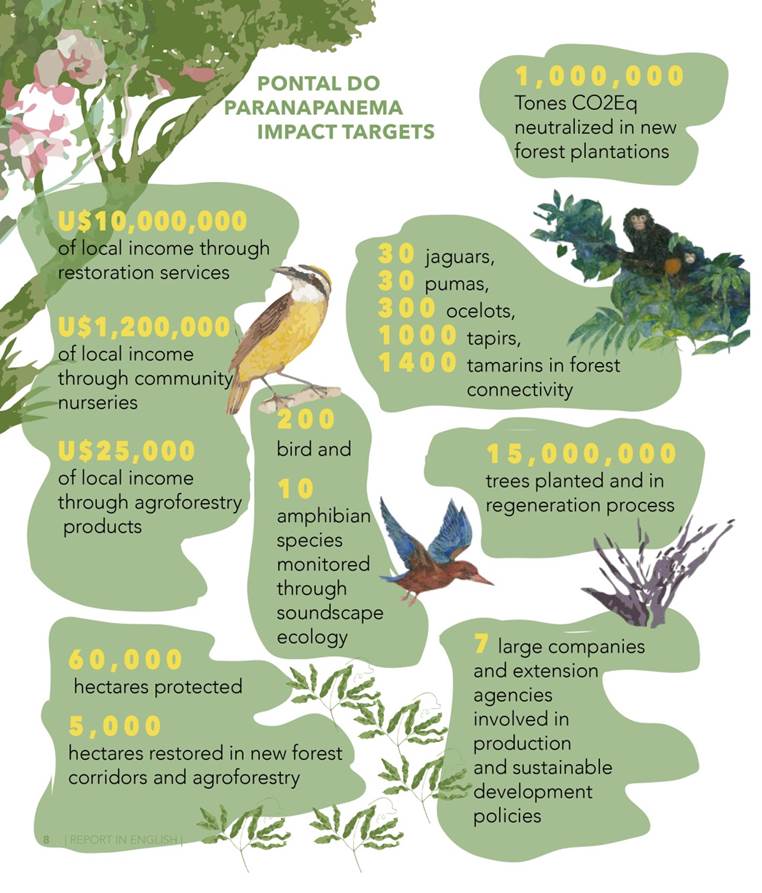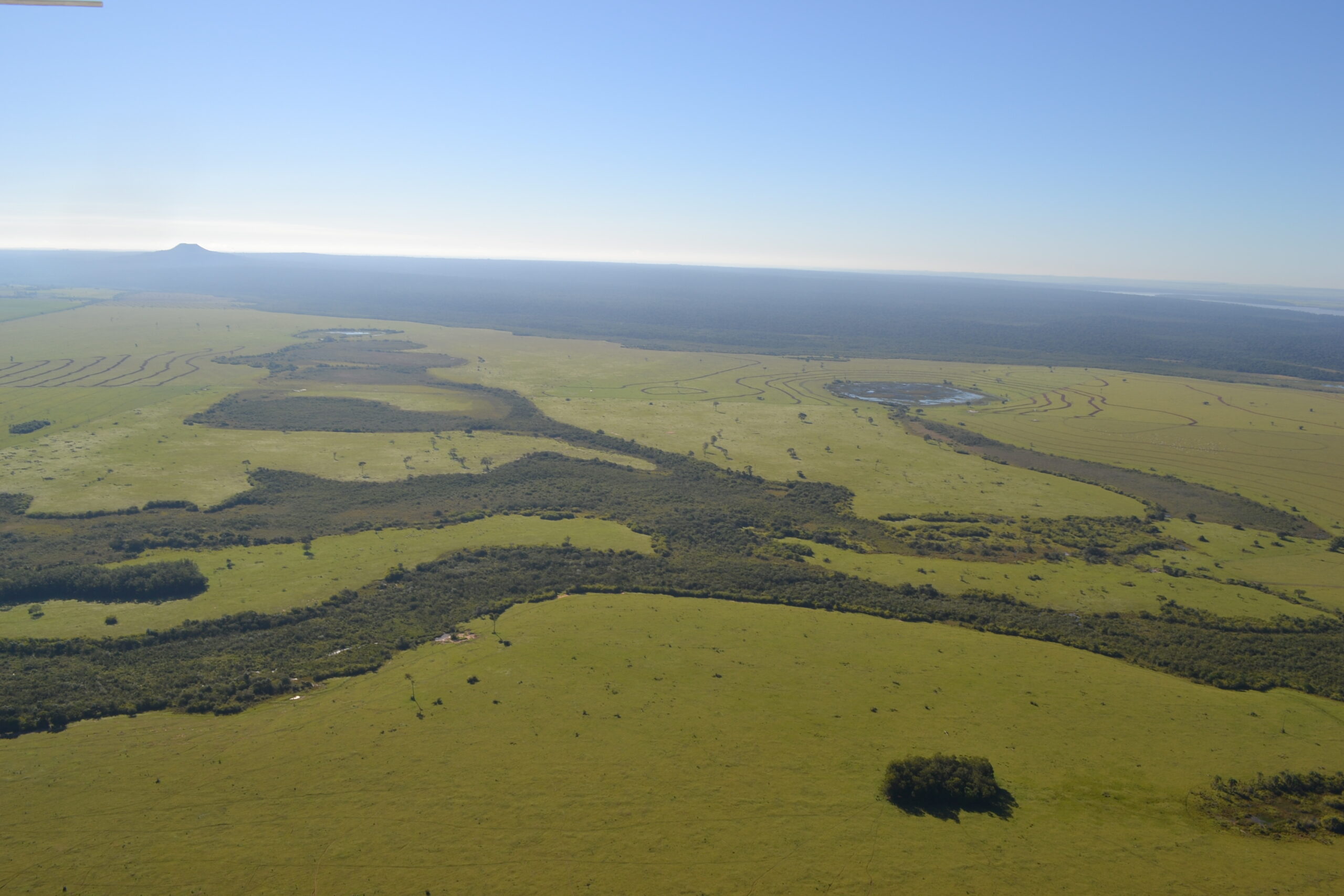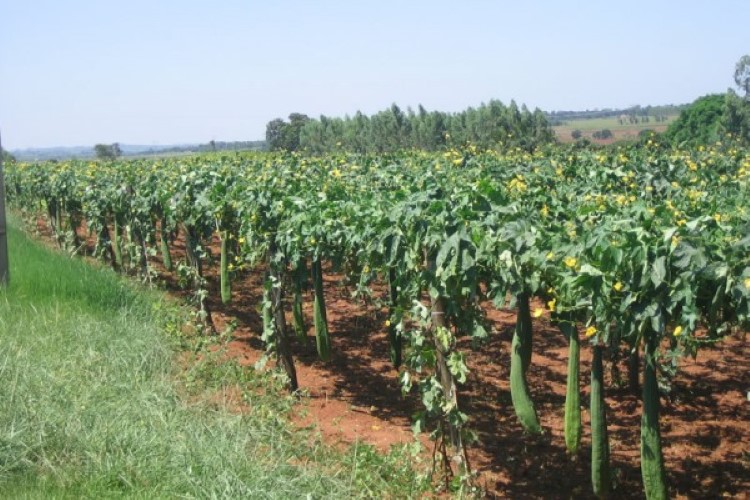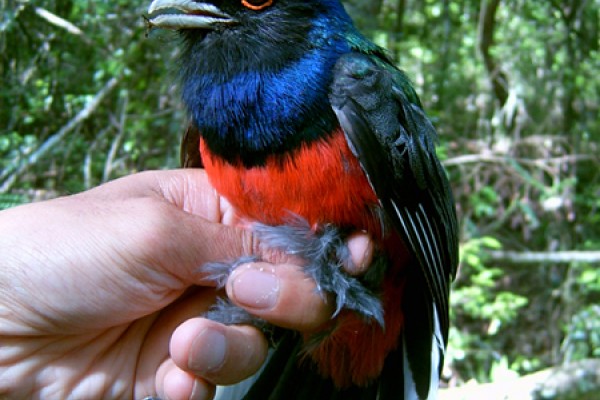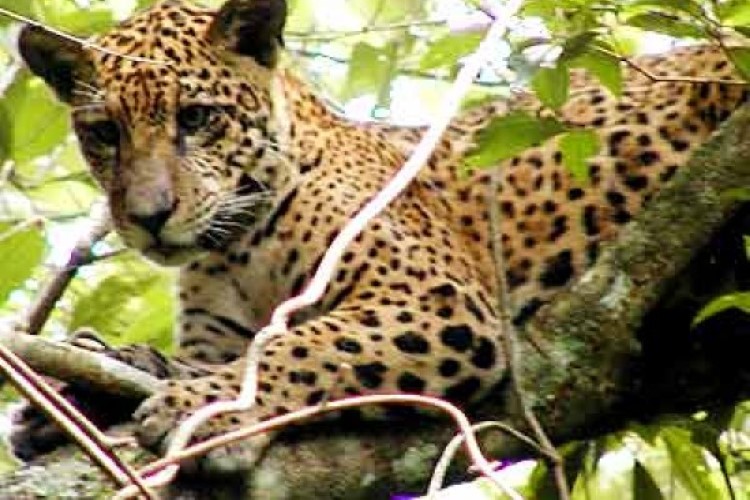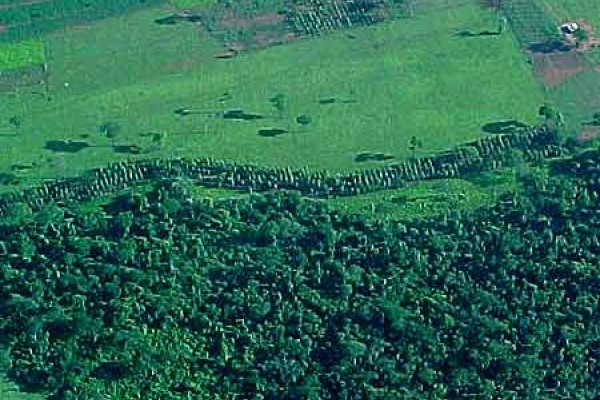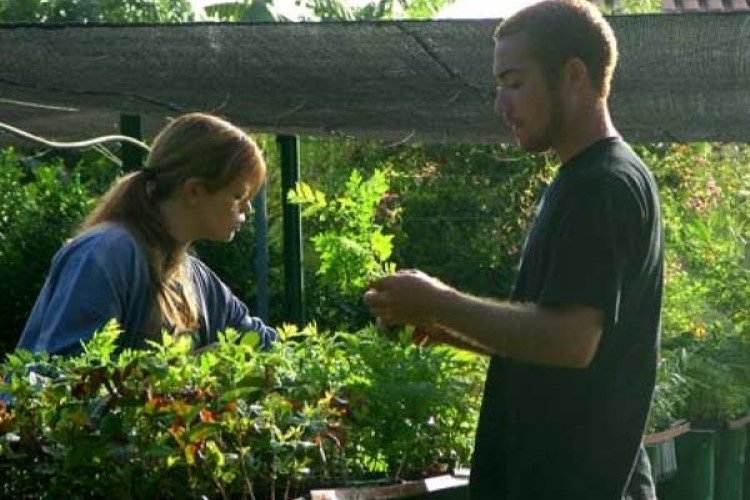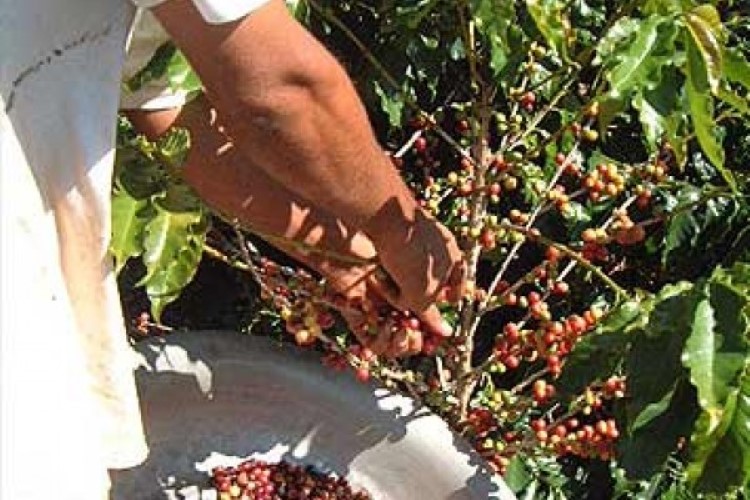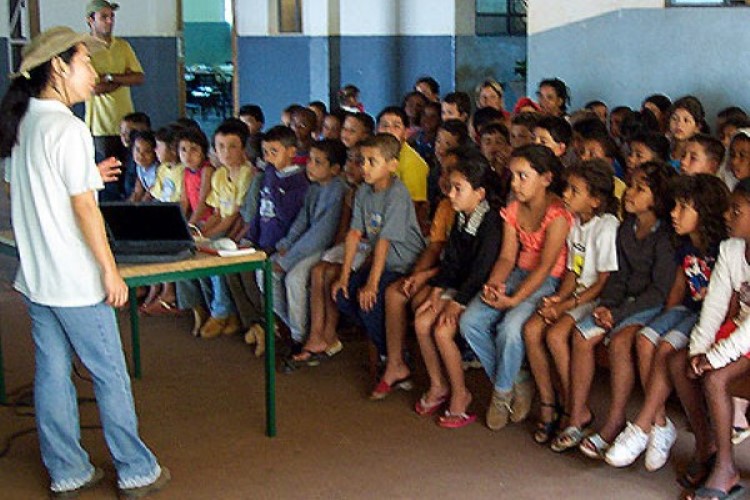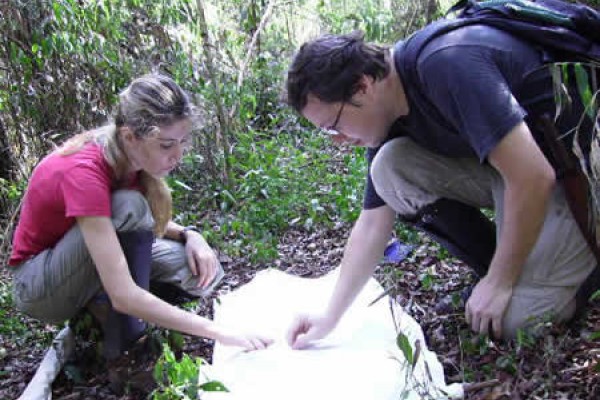Pontal
The “Grande Reserva do Pontal do Paranapanema” (Great Reserve of the Pontal do Paranapanema), located in western São Paulo State, was created to in 1942 to preserve 247,000 hectares of forest. During the years that followed, however, this conservation area underwent intense habitat fragmentation resulting from agrarian conflicts and occupation of large tracts of land by ranchers.
Atlantic Forest Corridors
::cck::218::/cck::::introtext:: The corridors project seeks to solve the lack of connectivity between forestry fragments, restoring degraded Permanent Preservation Areas and Legal Reservations in rural properties. The priority areas for restoration are identified by the “Dream Map”, created by IPÊ. To implement the corridor, saplings used come from eleven community nurseries established and supported by the … Read more
Ecological Loofahs
::cck::162::/cck::::introtext:: IPÊ environmental education initiatives encourage farmers in the Pontal to restore the Atlantic Forest whilst also increasing their monthly income through the cultivation of loofahs. ::/introtext::::fulltext:: We hope to increase local biodiversity by interplanting loofahs with more common cultures, such as beans, corn and cassava. In addition, this project also promotes the planting of … Read more
Threatened Birds
::cck::161::/cck::::introtext:: This project is in its final phase. The data were collected in the field, analyzed and are now being prepared for publication. The study was divided into five chapters. The first is a general analysis of fragmentation on the birds of the study region. ::/introtext::::fulltext:: The project Threatened Birds adopts two fronts: 1 – … Read more
Ecological Detectives
::cck::160::/cck::::introtext:: This project seeks evaluates the population size, genetic status and dispersal patterns of three large mammal species in Morro do Diabo State Park and surrounding forest fragments in the Pontal do Paranapanema. ::/introtext::::fulltext:: Results from this study are essential for the implementation of two conservation management practices: metapopulation management and the ecological corridors that … Read more
Green Hug
::cck::158::/cck::::introtext:: Forest fragments in the Pontal do Paranapanema are exposed to anthropic actions that lead to degradation (fires, logging, agro-toxins) and edge effects (wind, fluctuating temperatures, excessive sunlight, decreased humidity, and exotic plant species). These factors influence ecological processes in Atlantic Forest fragments. ::/introtext::::fulltext:: Although little attention has been given to the role of agro-forestry … Read more
Agro-Forestry Plant Nurseries: Teaching and Community Nurseries
::cck::157::/cck::::introtext:: Community nurseries produce saplings of forest tree species used by agrarian reform settlers on their properties and demonstrate techniques for nursery operation in settlements. The nurseries also provide assistance to settlers in planning their properties by emphasizing agroforestry and silvopastoral practices. This stimulates the creation of agroforestry lots that form forested ‘islands’ that serve … Read more
Coffee with Forest
::cck::156::/cck::::introtext:: The Coffee with Forest Project, conducted since 2001 with agrarian reform farmers in the Pontal do Paranapanema implements a diversified system that combines coffee (Coffea arabica L.) cultivation with annual crops such as beans, maize, and cassava. In the same growing area, Atlantic Forest tree species, such as Inga, Cordia trichotoma, Timburi, and Ficheira, … Read more
Environmental Education
::cck::155::/cck::::introtext:: From its beginning, the Environmental Education Program in the Pontal do Paranapanema has been integrated into the conservation biology initiatives of the black lion tamarin. Results from scientific research are critical to inform the activities of this program, which disseminates information to the public in an accessible way. ::/introtext::::fulltext:: The Program’s initial target audience … Read more
Effects of Fragmentation on the Diversity of Ticks and Their Pathogens
::cck::154::/cck::::introtext:: Forest destruction converts continuous habitats into fragmented landscapes, often surrounded by cultivated areas, pasture and cities. These changes generate alterations in fauna and flora, as well as the transmission dynamics of infectious diseases. Pathogens previously maintained at endemic levels and at an environmental equilibrium become threats to human and animal life. They are responsible … Read more

